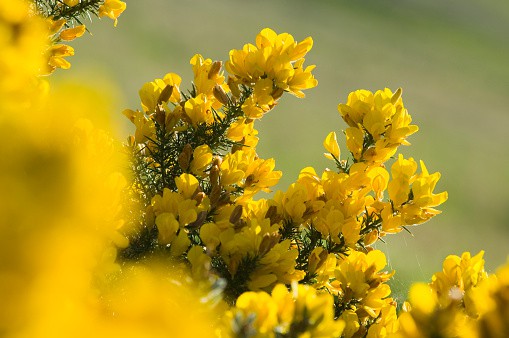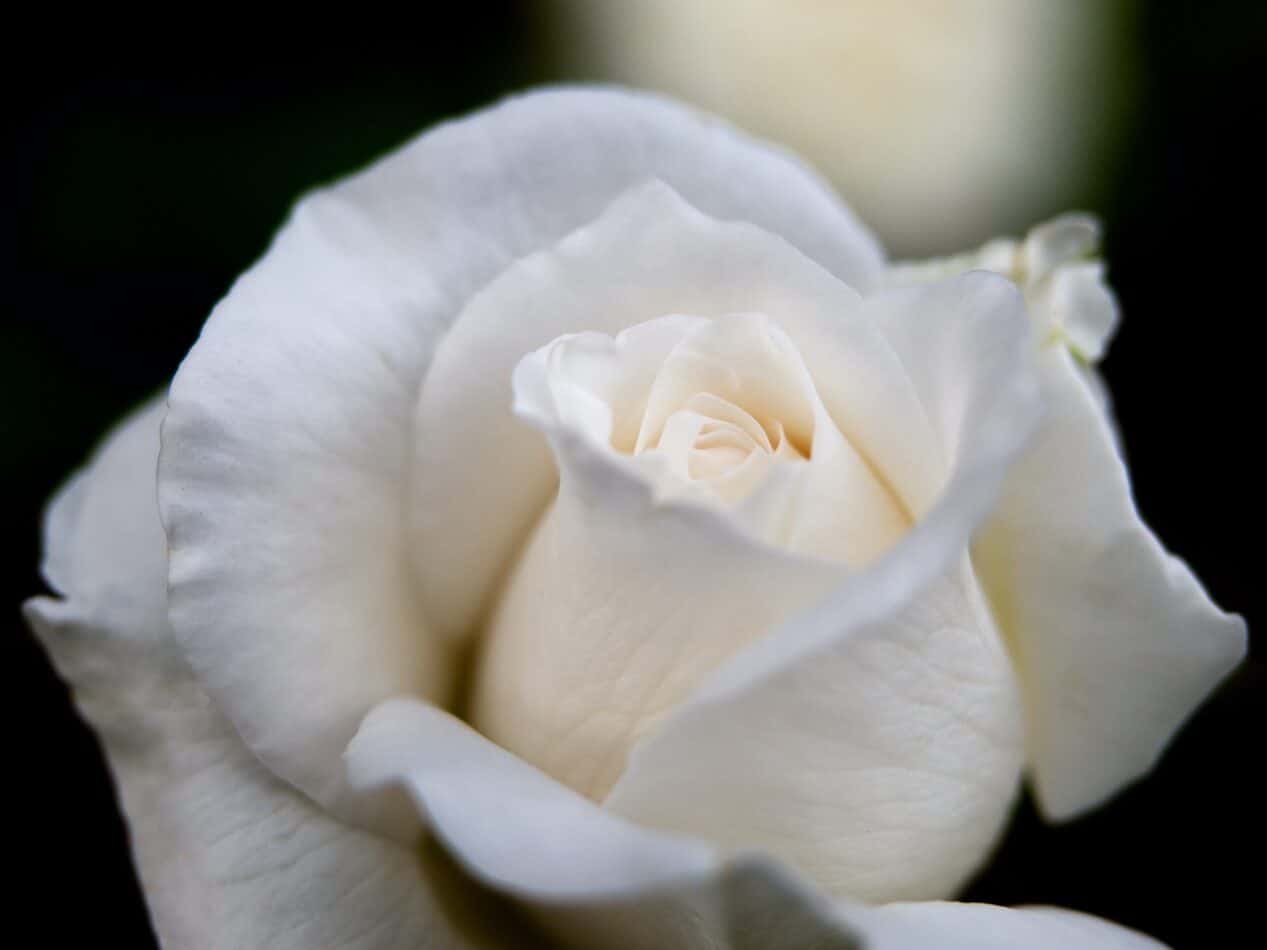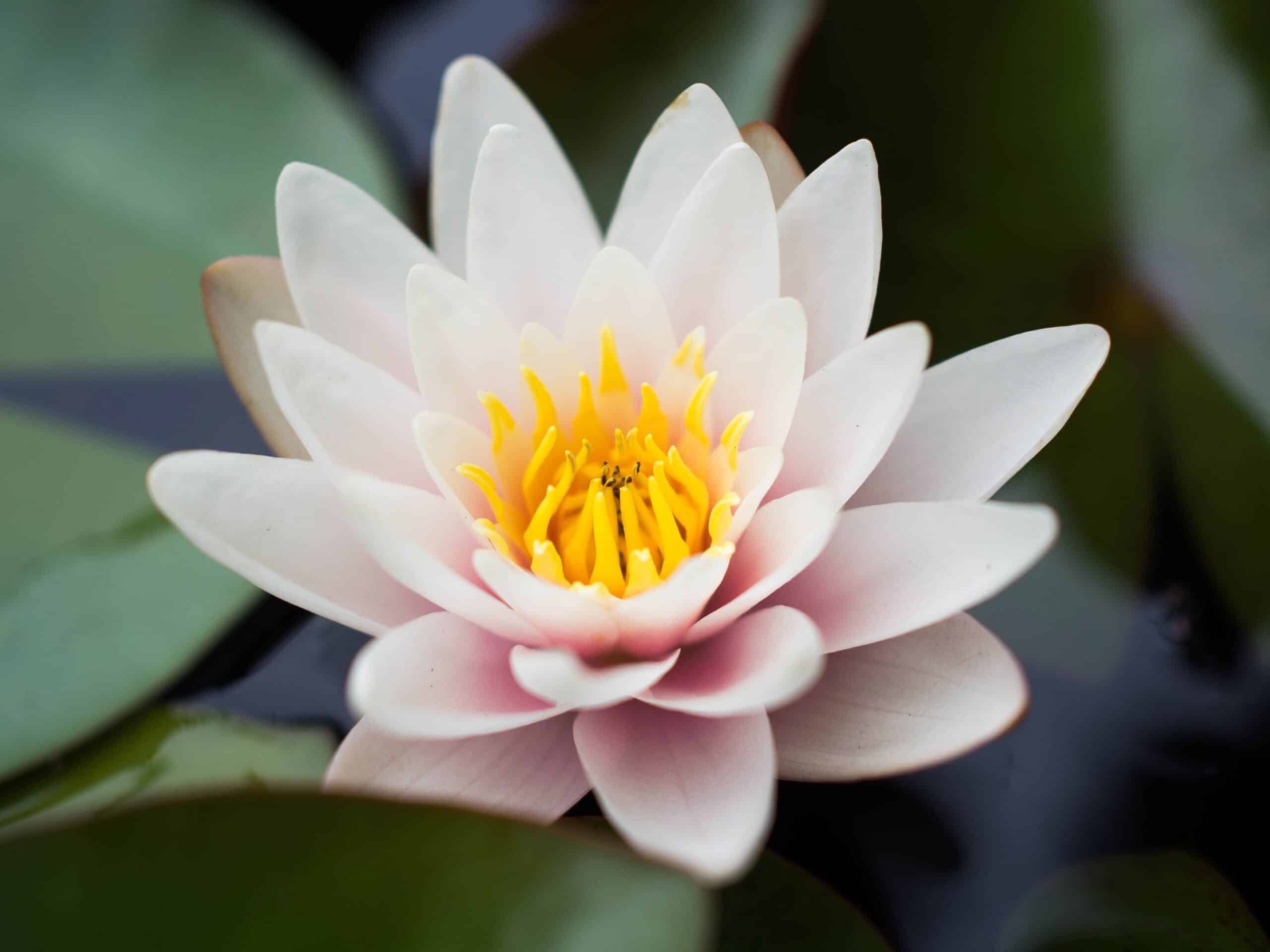Common Gorse is an evergreen shrub that is native to Europe. It can survive both frozen temperatures and very hot temperatures, and is often considered a fire-climax plant as it can catch fire in hot regions. This hardy shrub produces an abundance of small, coconut-scented yellow flowers throughout the year, but blooms most heavily in the spring.
The botanical name for Common Gorse is Ulex Europaeus. The term ‘Ulex’ comes from the Latin for ‘strength’ and ‘Europaeus’ from the Latin for ‘European’, referring to its hardiness and natural habitat in Europe.
Although Common Gorse has an attractive blooming period and produces a powerful coconut fragrance, it also has its drawbacks. In some regions, this plant has become an invasive species, so it should be used with caution.
How to Plant Common Gorse
It should be planted in full sun, in moist, well-drained, loamy soil with a pH of 6.5 to 7.5. The best time to plant this shrub is in the spring, when the soil is warmer.
For optimal growth and flowering, the plant needs to be placed in a spot that enjoys at least six hours of sunlight per day during spring and summer. Ample sunlight during these times is necessary for the shrub to produce its yellow flowers.
Moreover, it should be planted in an area that does not receive too much wind, as the wind can make the flowers unstable. The soil for this plant can be sandy and the soil should be kept loose and weeded regularly. Avoid planting in boggy soil as the roots will sit in stagnant water and hold too much moisture, which can cause the roots to rot. It is also important to water the shrub regularly in periods with little rainfall; ideally, you should keep the soil moist during the spring and summer months.
Meaning and Symbolism of Common Gorse
Common Gorse symbolizes primarily endurance and strength beneath adversity. Its hardiness and fast blooming period is what makes this plant so popular among gardeners, making it an ideal choice for those seeking a plant that is easy to maintain. The color yellow also has many cultural meanings. In ancient Greece, a yellow flower was used to signify joy and happiness, while in other cultures, yellow was a sign of nobility or a warning sign.
History, Mythology, and Religious Significance
In medieval Europe, Common Gorse was traditionally used to ward off evil spirits and keep homes safe from the devil. Its vibrant yellow flowers were believed to bring in luck and were often planted in doorways. A bush of Common Gorse growing at the entrance of a house was considered to ward off spirits.
The druids of ancient Britain used this plant as a medicine, particularly as a treatment for ulcers and skin diseases. The ancient Greeks also used Common Gorse as medicine, believing the plant’s soft leaflets had powerful healing and calming properties.
Flower Varieties and Their Defining Characteristics
Common Gorse is a variety of Ulex Europaeus and has one subspecies, Ulex europaeus var. borealis. There are also several cultivars and hybrids available, including:
- Ulex europaeus ‘Gemstone’: This cultivar is hardy and has bright yellow flowers that bloom in clusters of two to three. Its leaflets are dark green and leaves are oval-shaped and about half an inch long.
- Ulex europaeus ‘Goldfinger’: This hybrid is extremely hardy and drought-tolerant. It features small canary-yellow flowers that bloom in clusters of two to four. Its leaflets are dark green and lanceolate and its leaves are usually one to two inches long.
- Ulex europaeus ‘Gemstone’: This cultivar is low-growing, with bright yellow flowers that bloom in clusters of three to four. Its leaflets are dark green and leaves are linear and about an inch long.
- Ulex europaeus ‘Dancing Fire’: This cultivar is popular because of its deep, butter yellow flowers that bloom in clusters of five to six. Its leaflets are dark green and its leaves are short and round, reaching about one and a half inches long.
How to Pot and Repot Common Gorse
Due to its hardy nature, Common Gorse can be both potted and repotted quite easily. When potting, choose a shallow container and use well-draining potting soil. If an extra potting medium is needed, add sand and organic matter to ensure good drainage. Repotting should be done roughly once a year, as it can outgrow its current container.
When repotting, ensure that the new container is a similar size to the old one and there is plenty of room for the roots to grow. It is also important to repot very carefully, as the roots of Common Gorse can be very fragile and can pull apart very easily.
How to Prune Common Gorse
Pruning Common Gorse is essential for its shape and health, as it helps promote new growth and keeps the shrub tidy. Pruning should be done in the late winter or early spring, while the shrub is still dormant.
Savvy gardeners should start at the top and work their way down the structure, removing any dead or damaged branches. Common Gorse can branch quite aggressively, so it is important to keep the structure in check. Place pruned branches in a pile and allow them to decompose or use them in mulch.
How to Propagate Common Gorse
Propagation of Common Gorse is quite simple and can be done by either seed or cuttings. To propagate by seed, plant the seeds directly into well-draining soil in the early spring. The soil should be kept moist but not soggy. When the seedlings are about the size of pennies, they can be transplanted into the garden.
Propagation by cuttings is also quite easy. From late spring to early summer, cut stems from branches of healthy plants, remove any leaves from the bottom and place them in moist soil. Water the soil occasionally, and keep it consistently moist. The cuttings should take root in less than a month, but they may take longer if the weather is cold.
Common Pests and Diseases of Common Gorse
Common Gorse is quite hardy and is rarely affected by pests or diseases. However, in some cases, the plant may be attacked by aphids, which can cause damage to the leaves and stems. The leaves can also develop brown patches from fungal diseases, such as powdery mildew.
If the plant is affected by pests or disease, it is important to apply the appropriate measures. To prevent pest infestations, it is important to monitor the shrub regularly and apply an insecticide if necessary. Keeping the shrub in a spot with plenty of direct sunlight can also help, as the harsh UV rays of the sun can act as a deterrent for pests. For plant diseases, always use an organic fungicide and inspect the plant regularly.
Three Frequently Asked Questions about Common Gorse
Q: Can Common Gorse tolerate cold weather?
A: Yes, Common Gorse can tolerate cold weather and even frozen temperatures. With the right conditions, this hardy shrub can survive harsh winters and low temperatures.
Q: How often should I water Common Gorse?
A: Common Gorse should be kept lightly moist during the spring and summer months, but it does not require regular deep watering. Avoid overwatering as the roots can become soggy and cause damage to the shrub.
Q: How tall does Common Gorse grow?
A: Common Gorse usually reaches a height of two to five feet. In ideal conditions, the plant may reach a height of up to eight feet.
Fact Sheet
| Common Name | Common Gorse |
|---|---|
| Family | Fabaceae |
| Plant Type | Perennial |
| Mature Size | 2 to 5 feet tall |
| Sun Exposure | Full Sun |
| Soil Type | Moist, well-drained, loamy soil |
| Soil pH | 6.5 to 7.5 |
| Bloom Time | Year-round peak in spring |
| Flower Color | Yellow |
| Hardiness Zones | 5-9 |
| Native Area | Europe |
What we love from Amazon this week
Buy these wonderful flowers directly from Amazon:















